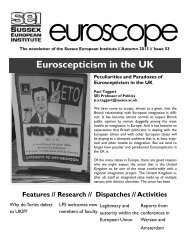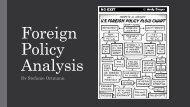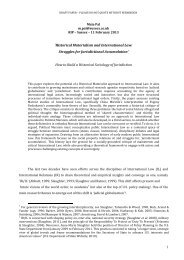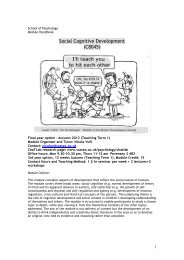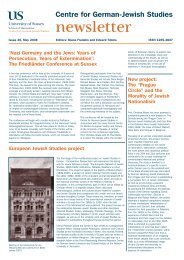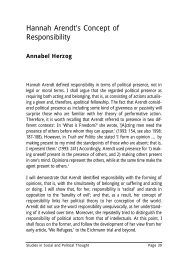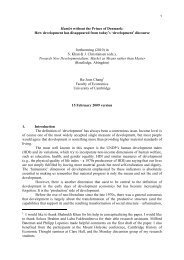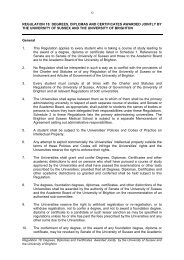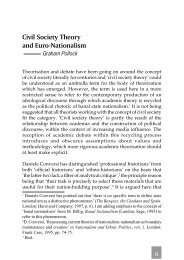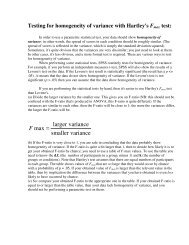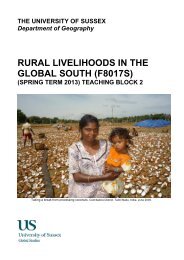Techniques for assessing shingle communities - University of Sussex
Techniques for assessing shingle communities - University of Sussex
Techniques for assessing shingle communities - University of Sussex
You also want an ePaper? Increase the reach of your titles
YUMPU automatically turns print PDFs into web optimized ePapers that Google loves.
3.4 Cuckmere Haven east, top <strong>of</strong> <strong>shingle</strong> ridge TV 5193 9764<br />
Date <strong>of</strong> visit: 22 July 2003.<br />
Surveyors: TY, JS, WM, PD, JM, DV.<br />
Site Description: Area 1.70ha, 90% bare <strong>shingle</strong>. A large linear site on the east <strong>of</strong> the<br />
Cuckmere river, running along the top <strong>of</strong> the <strong>shingle</strong> ridge, parallel to the mean high water<br />
mark, from the access path below Haven Brow to the river.<br />
Management history: Cuckmere Haven has been extensively managed since medieval<br />
times. Shingle extraction from the beach occurred until around the 1950s and the area was<br />
used as a decoy using World War II. The mouth <strong>of</strong> the river has been fixed in place since the<br />
early 1900s. No coastal defence management is currently carried out on the east side <strong>of</strong> the<br />
river and the beach has a relatively natural pr<strong>of</strong>ile. The site lies within the Sea<strong>for</strong>d to Beachy<br />
Head SSSI, designated in 1953, and the Seven Sisters Country Park. It is managed as a<br />
recreational and educational resource.<br />
Damage/disturbance: Pedestrian traffic is significantly higher on the east side than the west<br />
and there is evidence <strong>of</strong> significant rabbit grazing.<br />
Habitat description: Secondary pioneer community with T. maritimum and P. media<br />
abundant.<br />
Notable species: B. vulgaris ssp. maritima, E. atherica, S. maritimum, C. maritima, C.<br />
maritimum.<br />
Shingle habitat score: 0.7<br />
Community type:<br />
a) Shingle community: Something like SH27 Tripleurospermum maritimum – Atriplex<br />
prostrata – Rumex crispus pioneer community and/or SH15 Beta vulgaris maritima –<br />
Rumex crispus pioneer community although not a close match.<br />
b) Broad <strong>shingle</strong> community: No fit<br />
c) NVC: SD1a Rumex crispus – Glaucium flavum <strong>shingle</strong> community, typical subcommunity<br />
and/or SD1 Rumex crispus – Glaucium flavum <strong>shingle</strong> community.<br />
d) Habitats Directive Annex I: 1220 Perennial vegetation <strong>of</strong> stony banks.<br />
Species<br />
Table 15. Vascular plant list and abundance <strong>for</strong> survey site 3.4.<br />
Common Name<br />
Tripleurospermum maritimum Sea Mayweed<br />
A<br />
Plantago media Hoary Plantain<br />
A<br />
Beta vulgaris ssp.maritima Sea Beet<br />
F<br />
Sedum acre Biting Stonecrop F<br />
Picris echioides Bristly Oxtongue F<br />
Plantago lanceolata Ribwort Plantain F<br />
Juncus gerardii Saltmarsh Rush F<br />
Elytrigia atherica Sea Couch F<br />
Seriphidium maritimum Sea Wormwood F<br />
Dipsacus fullonum Wild Teasel F<br />
Agrimonia eupatoria Agrimony O<br />
Abundance<br />
(DAFOR scale)<br />
<strong>Techniques</strong> <strong>for</strong> <strong>assessing</strong> <strong>shingle</strong> <strong>communities</strong> 38



